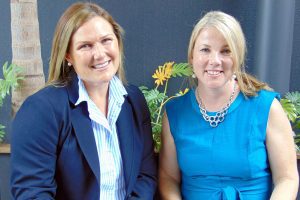The BreastScreen Australia monitoring report 2011-2012, shows that over half (55%) of women in the target age group for the free breast screening program had a mammogram in 2011-2012, a level of participation that has remained steady since 2007-2008.
Within this target age group, higher participation was seen in older women, with nearly 60% of women aged 60-64 and 65-69 having a screening mammogram in 2011-2012. And while participation was similar across socioeconomic groups, there were differences across remoteness areas, with participation highest in Outer regional areas (59%) and lowest in Very remote areas (46%).Participation was also lower among Aboriginal and Torres Strait Islander women, with only 38% of Indigenous women screening.
‘BreastScreen Australia aims to reduce illness and deaths from breast cancer through early detection of unsuspected breast cancer, which enables early intervention,’ said AIHW spokesperson Justin Harvey.
Among women screened for the first time in 2012, 11% were recalled for further investigation, and of women attending subsequent screens, 3% were recalled. For every 1000 women who have a mammogram through BreastScreen, approximately 45 will be called back for further tests but only 5 women will be found to have breast cancer.
‘Small breast cancers (less than 15 millimetres in diameter) are associated with better treatment options and improved survival,’ Mr Harvey said. ‘A high proportion of breast cancers detected in 2012 were small-around half of the cancers detected through first screens were small, as were around 3 in 5 in subsequent screens. ‘Breast cancer is the most common cancer affecting Australian women, with nearly 7,500 new cases diagnosed in Australian women aged 50-69 in 2010. This is equivalent to 300 new cases per 100,000 women aged 50-69.
Since BreastScreen Australia began in 1991, breast cancer deaths have fallen from 68 to 44 deaths per 100,000 women aged 50-69.




















Add Comment